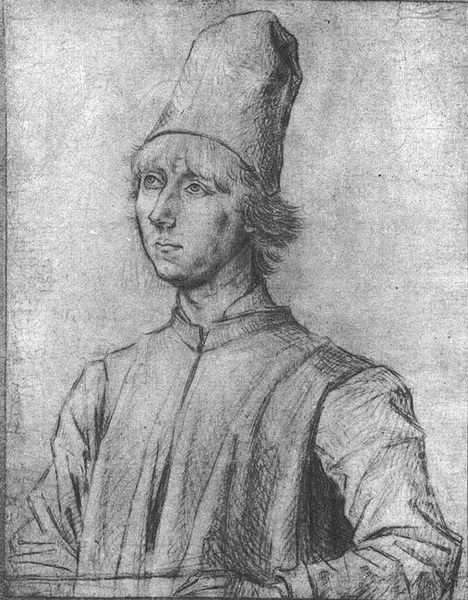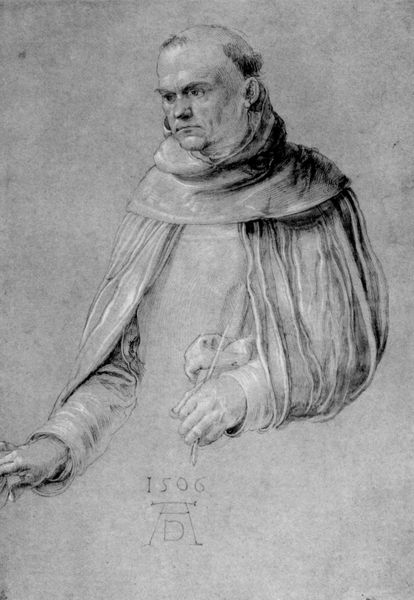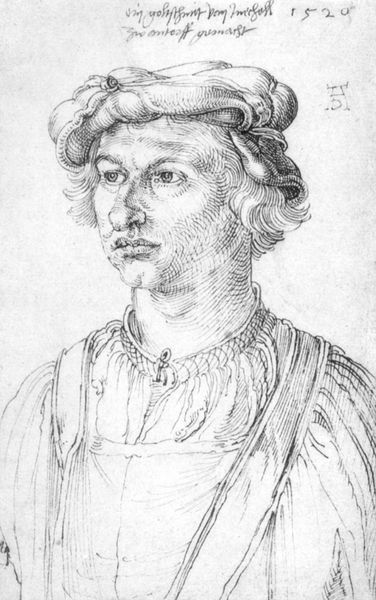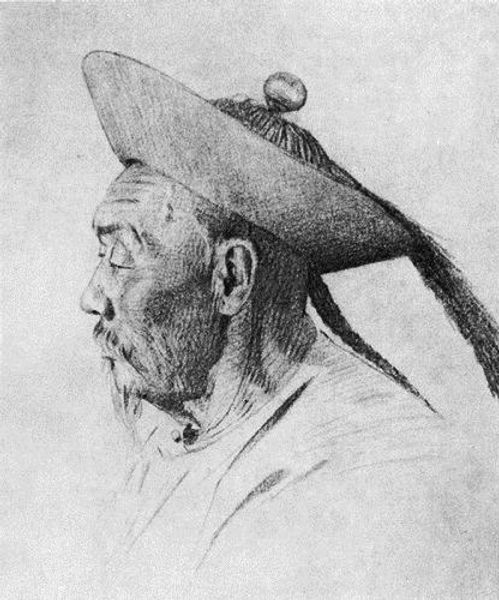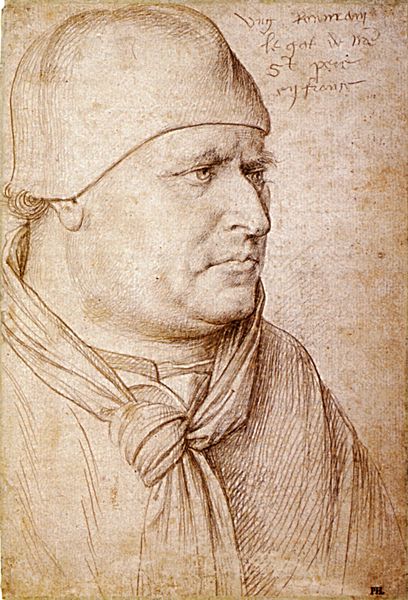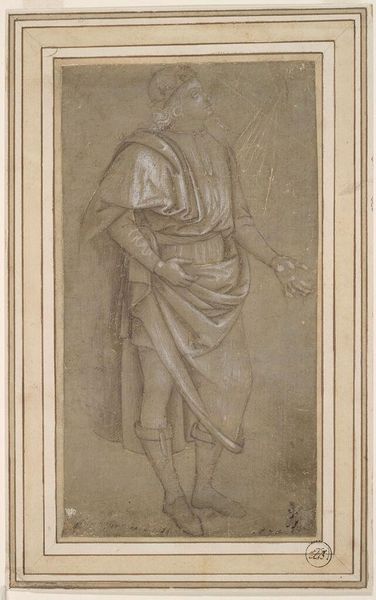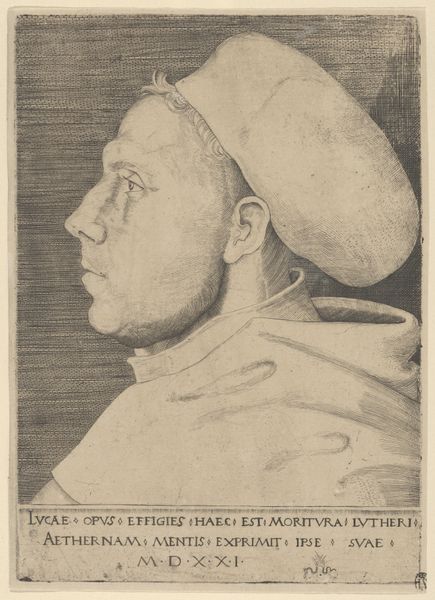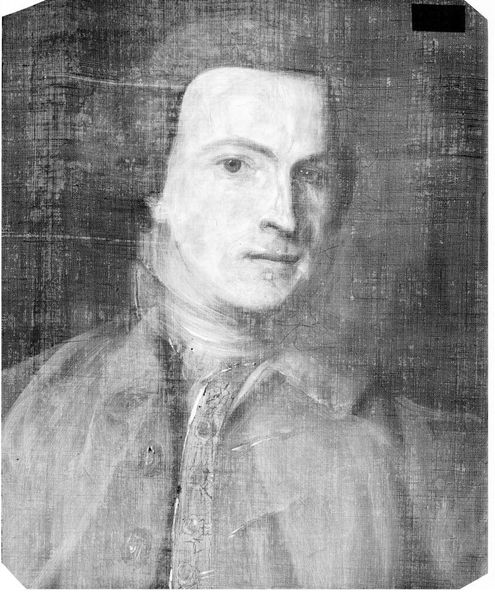
#
portrait
#
facial expression drawing
#
head
#
face
#
charcoal drawing
#
portrait reference
#
male-portraits
#
sketch
#
animal drawing portrait
#
nose
#
portrait drawing
#
facial study
#
facial portrait
#
forehead
#
portrait art
#
fine art portrait
#
digital portrait
Copyright: Public domain
Albrecht Durer rendered this portrait of William Pirckheimer in 1503, using the humble medium of pen and ink on paper. Though seemingly simple, the drawing reveals much about labor and class in the Renaissance. Consider the careful hatching and cross-hatching, a painstaking process that builds up tone and volume. This technique, demanding precision and patience, highlights the value placed on skilled craftsmanship. The very act of drawing, then as now, was a signifier of status, setting the artist apart. Paper itself was a precious commodity at this time, especially of this size. Durer’s choice to depict Pirckheimer, a wealthy humanist, speaks to their shared social standing. The fine lines and intricate details create an image that is not just a likeness, but a testament to the labor, materials, and social context that shaped its creation. It reminds us that art is not just about aesthetics, but about the stories of production and consumption.
Comments
No comments
Be the first to comment and join the conversation on the ultimate creative platform.


